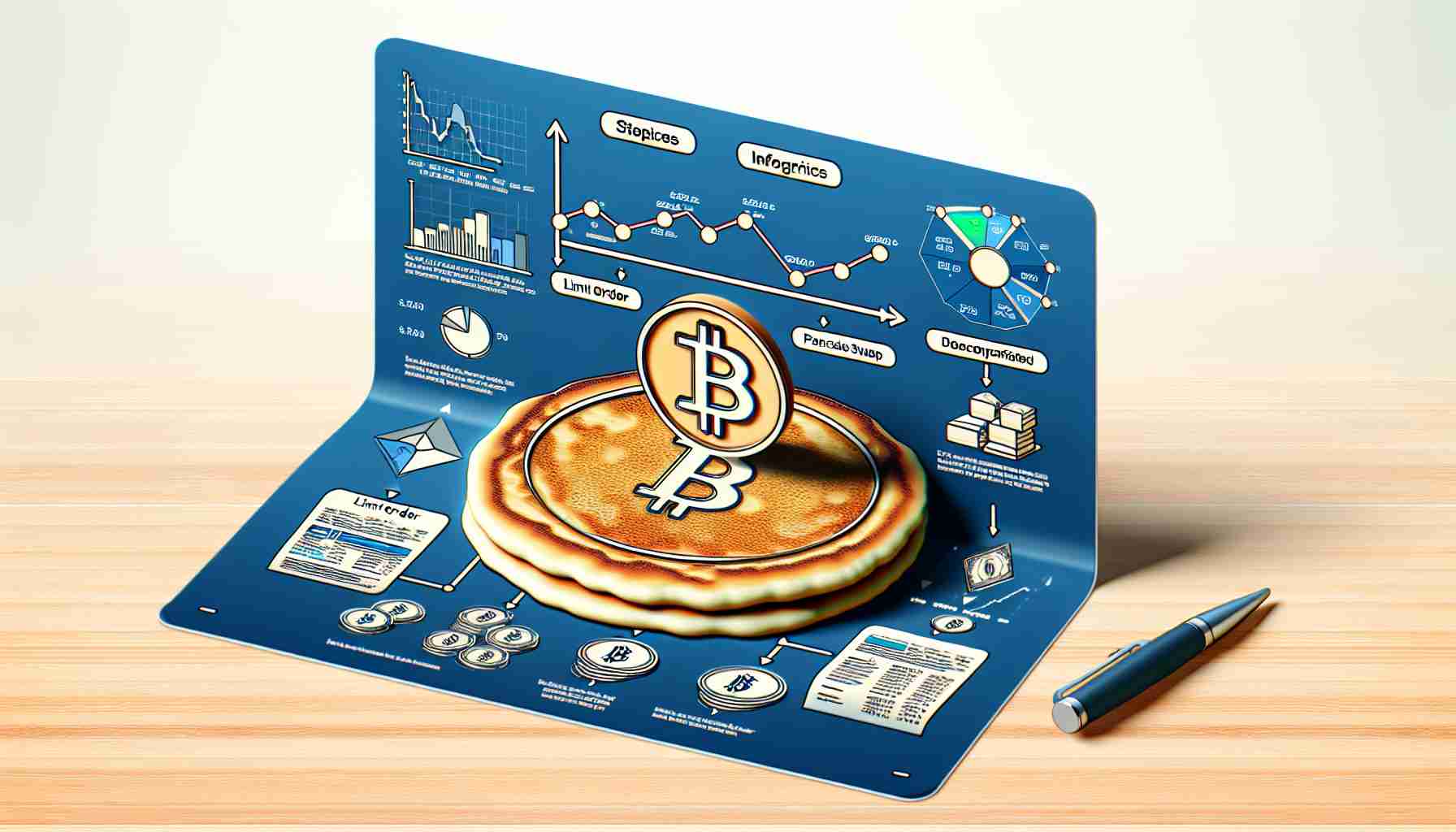Understanding Order Types for Smart Crypto Trades
When diving into the cryptocurrency trading scene, tools like PancakeSwap facilitate strategic transactions, offering users control over their trades. One important tool in the trader’s arsenal is the limit order, a mechanism to purchase or sell tokens at predetermined prices. By determining a specific price point, traders can automate the execution of their orders, ensuring they buy low or sell high without continual market monitoring.
An Overview of PancakeSwap’s Trading Mechanics
PancakeSwap is a decentralized exchange (DEX) known for its user-friendly interface and favorable trading conditions. This platform stands out for its minimal transaction fees and speedy executions. Traders on PancakeSwap have the luxury of converting tokens through automated liquidity pools, which simplify the exchange process.
Additionally, PancakeSwap is popular for “staking”—a method of earning rewards for holding certain tokens. Trading on this DEX requires a minimum of $1, which is modest compared to other platforms. However, traders seeking no minimums and willing to accept higher fees may explore venues like Uniswap.
Executing Trades and Limit Orders on PancakeSwap
To begin trading on PancakeSwap, users first select their desired trading pairs within the site’s “trade” section. The next step involves inputting the trade amount and scrutinizing transaction details, including fees, before confirmation.
Setting up a limit order on PancakeSwap involves connecting a compatible wallet, like MetaMask or TrustWallet. From the trading interface, traders choose their assets and the prices at which they aim to buy or sell. Attention to detail is crucial when inputing the desired token quantity and limit price.
Final Thoughts: Optimizing Trading Outcomes with Limit Orders
Employing limit orders on PancakeSwap empowers traders to steer their crypto investments with precision. By fully leveraging this feature, traders can confidently manage their trades, minimizing reliance on constant market supervision. However, it is vital to stay informed about market fluctuations and the associated gas fees when placing orders. Enabling informed and thoughtful execution of trades can enhance portfolio performance and lead to a more satisfying trading experience.
Key Questions and Answers:
Q: What is a limit order?
A: A limit order is an order to buy or sell a cryptocurrency at a specified price or better. It allows traders to set the exact price at which they want to transact, providing control over their entry and exit points in the market.
Q: What are the main advantages of using limit orders on PancakeSwap?
A: The advantages include better price control, the ability to plan trades in advance, potentially lower fees compared to market orders, and the absence of the need to monitor the market constantly.
Q: What are the challenges associated with using limit orders?
A: Some challenges include the order not being filled if the market does not reach the target price, the possibility of missing out on trading opportunities due to price fluctuations, and the need to correctly predict price movements to set effective limit orders.
Key Challenges or Controversies:
– Slippage: In highly volatile market conditions, slippage can occur when the price at which the limit order is executed differs from the expected price, potentially leading to less favorable outcomes.
– Predicting Market Direction: The effectiveness of a limit order relies on the trader’s ability to anticipate price movements accurately, which can be difficult even for experienced traders.
Advantages:
– Control: Traders can set the exact price at which they are willing to buy or sell, enabling better budgeting and trading strategies.
– Discipline: Limit orders can prevent impulsive decisions by sticking to pre-established trading plans.
– Automation: Once set, limit orders can execute automatically, reducing the need for constant market monitoring.
Disadvantages:
– Not Guaranteed Execution: If the market price never reaches the limit order price, the order may not be executed.
– Missed Opportunities: Market prices may move favorably beyond the limit price, leading traders to miss out on potential gains.
– Time-Sensitive: Limit orders may expire if the time frame set by the trader is surpassed without the order being filled.
Related Links:
– For more information on cryptocurrency trading platforms and strategies, you can visit CoinDesk or Cointelegraph, which are reputable sources of crypto-related news and educational content (ensure URLs are accessible and accurate before visiting).



